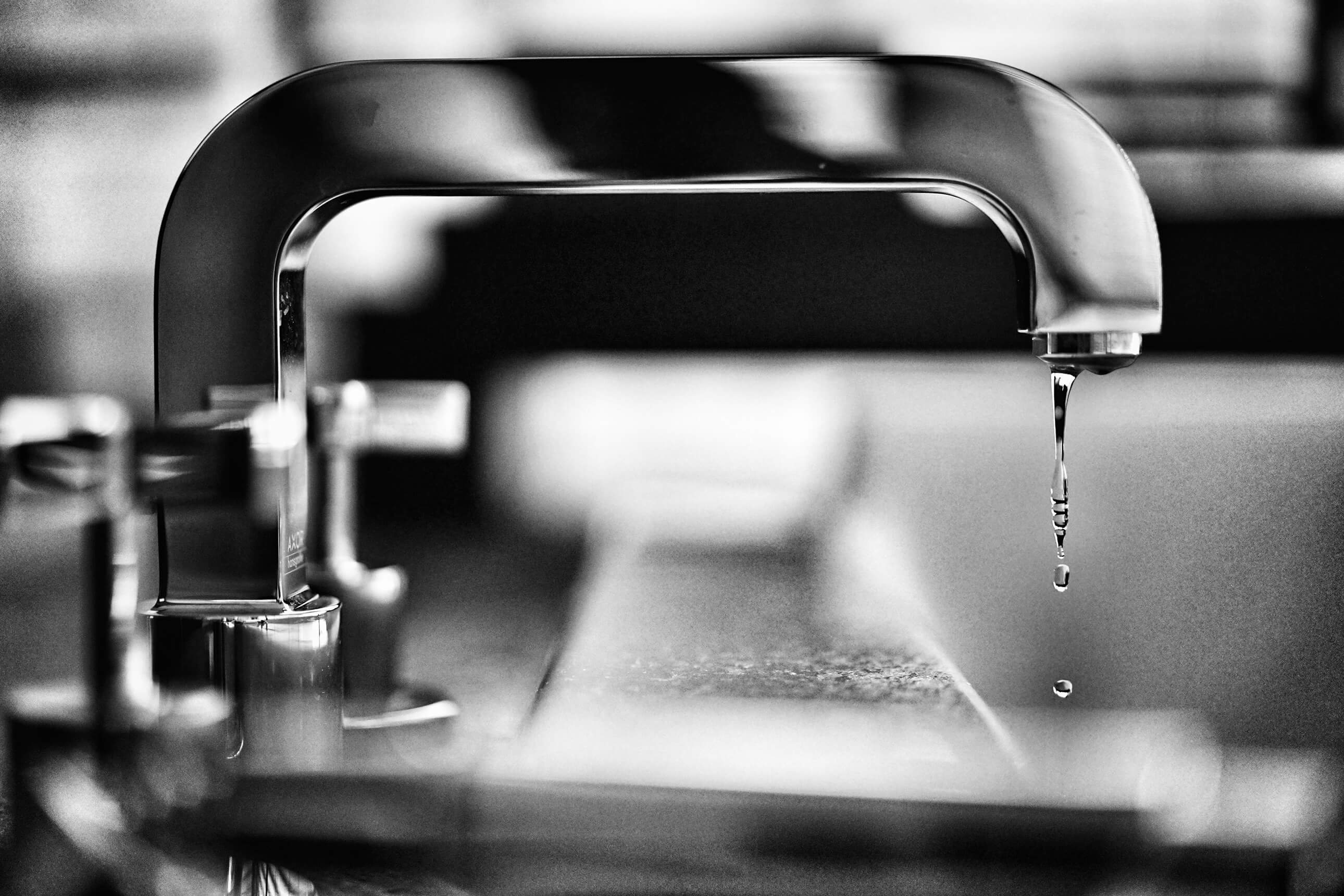July 21, 2020
Expert: Effects of COVID-19 on K-12 school building water systems

Credit: Unsplash
WHAT: Water that has been left sitting in the pipes of K-12 school buildings during the COVID-19 pandemic shutdown could contain unsafe levels of bacteria and metals. As schools begin to reopen across the country, Purdue University engineers are advising them on how to make sure water systems are safe first.
EXPERT: Andrew Whelton, a Purdue associate professor of civil engineering and environmental and ecological engineering, and his lab have studied the plumbing of school buildings closed during summer breaks, finding that water quality changes over time. His team is studying the effects of COVID-19 on these types of buildings while also offering guidance to school administrators and public health officials.
Whelton can speak on what happens when water sits still in a building and the risks that stagnant water might pose, such as exposure to bacteria that can cause Legionnaires’ disease.
QUOTE: “Widespread building shutdowns brought on by COVID-19 are unprecedented. Buildings aren’t designed for these shutdowns, and water needs to stay moving to prevent bacteria and metal from concentrating in the pipes. Students and staff could be at risk of serious health issues if pipes aren’t properly flushed before they return.
Even when schools reopen, fewer people in the buildings means lower water use. Problems need to be avoided with operating buildings at low occupancy, too.”
MORE INFO: Slides and a webinar on school building water system safety, prepared by the Indiana State Department of Health, Whelton and Caitlin Proctor, a Lillian Gilbreth Postdoctoral Fellow at Purdue, are available online.
More information about Purdue COVID-19 water safety research is available at the Purdue Center for Plumbing Safety website.
About Purdue University
Purdue University is a top public research institution developing practical solutions to today’s toughest challenges. Ranked the No. 6 Most Innovative University in the United States by U.S. News & World Report, Purdue delivers world-changing research and out-of-this-world discovery. Committed to hands-on and online, real-world learning, Purdue offers a transformative education to all. Committed to affordability and accessibility, Purdue has frozen tuition and most fees at 2012-13 levels, enabling more students than ever to graduate debt-free. See how Purdue never stops in the persistent pursuit of the next giant leap at https://purdue.edu/.
Writer, Media contact: Kayla Wiles, wiles5@purdue.edu (working remotely, but will provide immediate response)
Source: Andrew Whelton, awhelton@purdue.edu
Journalists visiting campus: Journalists should follow Protect Purdue protocols and the following guidelines:
- Campus is open, but the number of people in spaces may be limited. We will be as accommodating as possible, but you may be asked to step out or report from another location.
- To enable access, particularly to campus buildings, we recommend you contact the Purdue News Service media contact listed on the release to let them know the nature of the visit and where you will be visiting. A News Service representative can facilitate safe access and may escort you on campus.
- Wear face masks inside any campus building. Wear face masks outdoors when social distancing of at least six feet is not possible.
Note to journalists: Photos, b-roll and other multimedia of Andrew Whelton’s plumbing safety research are available in a Google Drive folder. Journalists visiting campus should follow visitor health guidelines.

